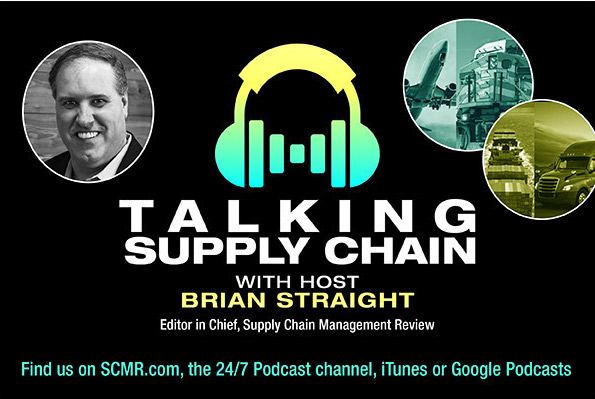Sorry, but your login has failed. Please recheck your login information and resubmit. If your subscription has expired, renew here.
The impact of COVID-19 is being felt in every business today. The time to recover to a pre-COVID state will vary from company to company based on their business models, industries and geographies. However, it provides an opportunity for an enterprise to determine new strategies and navigate through the uncertain times to a new beginning. Companies are at the crossroads as demand volatility increases and supply disruptions continue to shake the customer experience. Companies must respond to the market uncertainties faster than ever before.
An ecosystem centric cognitive supply chain can play a pivotal role in addressing the challenges. It can enable an engaging customer experience throughout the product journey—from product development and launch to booking an order to delivering the products and to providing after sales service. This requires the enterprise to detect the changes as soon as they occur, respond swiftly and ensure prevention of future recurrences.
Most organizations today face a disconnected ecosystem of multiple silos, enterprises and physical supply chains, as well as they are constantly challenged by unpredicted external forces. All of these cause disruptions and affect the customer experience. Efforts toward establishing a cognitive ecosystem promise a new beginning enabling organizations to seize the opportunity change offers.

This complete article is available to subscribers only.
Log in now for full access or start your PLUS+ subscription for instant access.
SC
MR
Sorry, but your login has failed. Please recheck your login information and resubmit. If your subscription has expired, renew here.
The impact of COVID-19 is being felt in every business today. The time to recover to a pre-COVID state will vary from company to company based on their business models, industries and geographies. However, it provides an opportunity for an enterprise to determine new strategies and navigate through the uncertain times to a new beginning. Companies are at the crossroads as demand volatility increases and supply disruptions continue to shake the customer experience. Companies must respond to the market uncertainties faster than ever before.
An ecosystem centric cognitive supply chain can play a pivotal role in addressing the challenges. It can enable an engaging customer experience throughout the product journey—from product development and launch to booking an order to delivering the products and to providing after sales service. This requires the enterprise to detect the changes as soon as they occur, respond swiftly and ensure prevention of future recurrences.
Most organizations today face a disconnected ecosystem of multiple silos, enterprises and physical supply chains, as well as they are constantly challenged by unpredicted external forces. All of these cause disruptions and affect the customer experience. Efforts toward establishing a cognitive ecosystem promise a new beginning enabling organizations to seize the opportunity change offers.
SC
MR

Latest Supply Chain News
- C.H. Robinson rolls out AI agent to address LTL classification overhaul
- Danone latest to announce new US investment
- From flight decks to fulfillment: A veteran’s supply chain journey
- Employee versus enterprise AI adoption
- Uber Freight’s Val Marchevsky to deliver Keynote at NextGen Supply Chain Conference
- More News
Latest Podcast

 Explore
Explore
Software & Technology News
- Employee versus enterprise AI adoption
- Uber Freight’s Val Marchevsky to deliver Keynote at NextGen Supply Chain Conference
- Trust the team, win the customer
- Breaking barriers in B2B forecast sharing: How sFTP automation is reshaping supply chain data exchange
- A conversation on the life sciences supply chain with DHL’s Jim Saponaro
- Data center growth driving new logistics opportunities
- More Software & Technology
Latest Software & Technology Resources

Subscribe

Supply Chain Management Review delivers the best industry content.

Editors’ Picks




